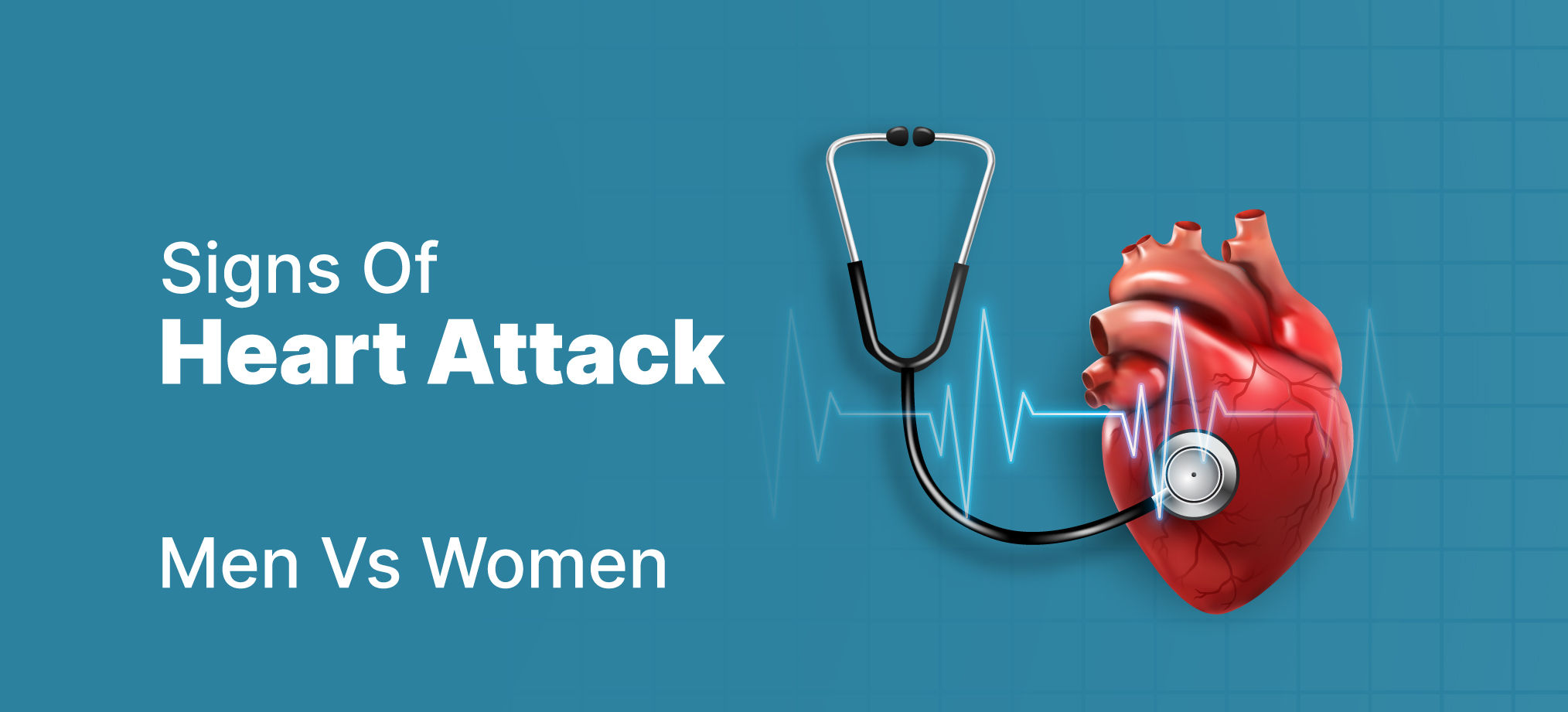Heart Conditions
Dietary Fats: What's Good for Your Heart?
6 min read
By Apollo 24/7, Published on - 19 November 2020, Updated on - 18 October 2022
Share this article
0
3 likes

Importance of dietary fats
- Fats are a source of energy
- Fats contain essential fatty acids that human bodies cannot produce on their own
- Fats are a component of cell walls
- Fats are needed to absorb fat-soluble vitamins: A, D, E, and K
- Fats protect organs and insulate bodies
-
Unhealthy fats
-
Saturated fats
-
Trans fats
-
Healthy fats
-
Monounsaturated fats
-
Polyunsaturated fats
Association between fat intake and body weight
What are the recommendations for fat intake?
- Saturated fat: less than 10%
- Trans fat: 0%
- Monounsaturated fat: 15% to 20%
- Polyunsaturated fat: 5% to 10%
- Cholesterol: not more than 300 mg
Tips for including fats in the diet
- Read the nutrition labels of packaged and processed foods carefully. Select foods that contain fewer saturated fats and no trans fats/partially hydrogenated fats.
- Select low-fat sources of protein such as dried beans, peas, tofu, egg whites, fish, and lean meats.
- Opt for foods that be cooked without added butter, gravy, or high-fat sauces. Avoid frying foods.
- Use oil instead of solid fats for cooking. Choose healthy cooking oils such as canola oil or olive oil.
- Sprinkle herbs, spices, and lemon juice on cooked vegetables instead of butter, cheese, or cream-based sauces.
- Reduce intake of ice cream, pastries, and cakes. Opt for healthy, low-sugar, and low-fat alternatives.
An important note
Heart Conditions
Leave Comment
Recommended for you

Heart Conditions
Adults Over 40 Can Have Hidden Heart Conditions! Know Them Here
Cardiovascular diseases are a leading cause of death globally, with heart attack and stroke being the most common causes. Even scarier is that half of all people over 40 may have hidden heart conditions that stay undetected. It’s essential to be aware of the risk factors for coronary atherosclerosis, the most common cause of heart attacks, and take steps for reducing your risk.

Heart Conditions
Do You Know Men & Women Display Different Symptoms To These 6 Cardiovascular Diseases?
This article highlights the common symptoms of six heart diseases in men and women. According to various reports, the most common symptoms in each of these conditions may vary between men and women over time.

Heart Conditions
Pacemaker For Heart: Know The Types And How It Works
Pacemakers are man-made devices that are supposed to improve the electrical function of your heart. They are installed by doctors and surgeons to solve any electrical malfunctions.
Subscribe
Sign up for our free Health Library Daily Newsletter
Get doctor-approved health tips, news, and more.
Visual Stories

Can Processed Meat Increase the Risk of Chronic Diseases?
Tap to continue exploring
Recommended for you

Heart Conditions
Adults Over 40 Can Have Hidden Heart Conditions! Know Them Here
Cardiovascular diseases are a leading cause of death globally, with heart attack and stroke being the most common causes. Even scarier is that half of all people over 40 may have hidden heart conditions that stay undetected. It’s essential to be aware of the risk factors for coronary atherosclerosis, the most common cause of heart attacks, and take steps for reducing your risk.

Heart Conditions
Do You Know Men & Women Display Different Symptoms To These 6 Cardiovascular Diseases?
This article highlights the common symptoms of six heart diseases in men and women. According to various reports, the most common symptoms in each of these conditions may vary between men and women over time.

Heart Conditions
Pacemaker For Heart: Know The Types And How It Works
Pacemakers are man-made devices that are supposed to improve the electrical function of your heart. They are installed by doctors and surgeons to solve any electrical malfunctions.